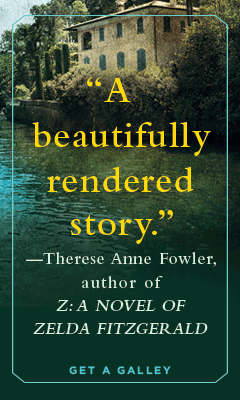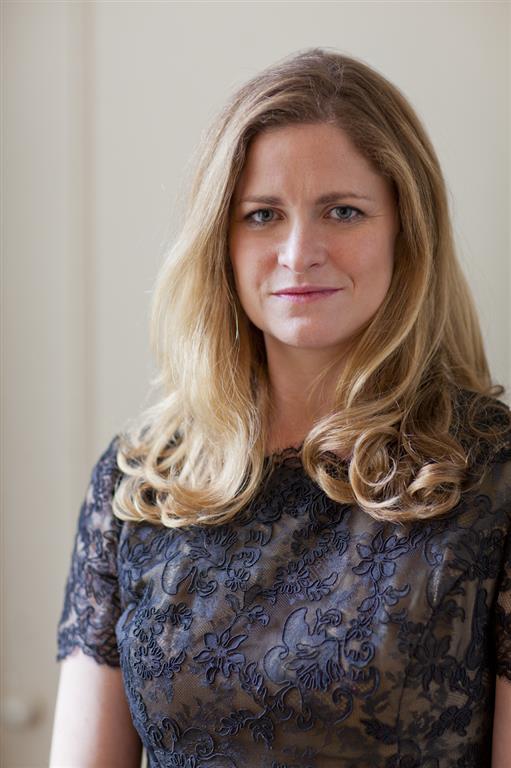Villa America
by Liza Klaussmann
Gerald and Sara Murphy kept illustrious company on the French Riviera in the 1920s. The American expats, who partly inspired the characters Dick and Nicole Diver in F. Scott Fitzgerald's Tender Is the Night, entertained the likes of Pablo Picasso and Ernest Hemingway at spectacular soirées. But the pair's path didn't begin or end on the resplendent Riviera.
Villa America is Liza Klaussmann's fictionalized, elegantly rendered account of the Murphys' glamorous and tragic lives. She opens the novel with fleeting descriptions of two heartrending events that take place on the same day in 1935: aviator Owen Chambers's body is retrieved from the sea off the coast of southern France and 15-year-old Baoth Murphy dies in a Boston hospital. Klaussmann then goes back in time, unfolding a compelling narrative that ties the occurrences together.
After a Dickensian childhood with a cruel, critical father, teenager Gerald Murphy meets the warm, vivacious Sara Wiborg and her two sisters, his neighbors in the Hamptons. His friendship with the siblings lasts throughout the years, including correspondence with Sara during her family's frequent trips abroad. Eventually they fall in love and begin a secret courtship, only to have their trip to the altar delayed by showdowns with their parents, who initially oppose the marriage (largely for inconsequential reasons) before relenting.
"The only life I want is the one we invent for ourselves," Gerald declares to Sara during their engagement. "I want something entirely of our own creation." Six years after tying the knot, Sara and Gerald, by then a World War I veteran, move with their three young children to France, where they divide their time between Paris and Cap d'Antibes on the Riviera.
With inherited wealth at their fingertips, they create a beautiful, elegant world in which they transform the everyday into a work of art--wearing stylishly creative attire, inventing new cocktails and even making outings to the beach a chic pastime. The trendsetting couple is credited with launching summer on the Riviera--traditionally a winter destination--where Sara accessorizes her coffee-colored swimsuit with a string of pearls dangling down her back.
On something of a whim, the Murphys buy a luxurious abode and dub it Villa America. Nestled between the hills and the sea and surrounded by sloping, terraced gardens, it's "a place that people could be happy in," believes Sara. Fun-loving, generous and hospitable, she and Gerald--who achieves some fame as a modernist painter--throw open the doors of their villa to the Jazz Age luminaries they've befriended. "Everything is better when you share it," says Sara. "That flow of ideas between different people, the chaos of it all, makes life so exciting. And when someone new comes in, the chemistry changes and you see things in people you hadn't seen before."
Klaussmann's descriptions of the Murphys' social scene are wonderfully vivid and immediate. It's like being invited to sip sherry with them on La Garoupe beach while Picasso, smitten with Sara, sketches her likeness, or Gerald praises their guest Hemingway's "wonderful book... about Paris and Pamplona and men and women." Or mingling at one of their champagne-fueled fêtes, watching Zelda Fitzgerald twirl on a tabletop. Klaussmann captures not only the grandeur of the surroundings but the often-charged chemistry among the attendees, who are frequently embroiled in artistic and romantic rivalries and dramas.
The happily married Murphys are used to refereeing disagreements between Scott and Zelda, not experiencing their own relationship concerns, until Gerald begins privately acknowledging "unarticulated, dark things, suspicions about his nature, his character, his abilities"; he starts to distance himself from Sara. Klaussmann states in the author's note that there is no evidence Gerald ever cheated on his wife but that his correspondence to her and to others suggests that he struggled with his sexuality. She introduces into the story the invented character of Owen Chambers, a handsome, reserved American aviator who becomes part of a love triangle with the Murphys. Gerald is torn between his secret passion for Owen and his loyalty to and love for Sara, who realizes more than her husband knows.
Villa America is told primarily from Gerald, Sara and Owen's points of view, but the famous historical figures in their charmed circle also have a say. Through narrative scenes, along with excerpts from letters that are both real and imagined, they offer an array of observations and opinions--insightful, spiteful, admiring--about the couple.
During a gathering in Pamplona, Spain, as Gerald and Sara dance together while fireworks light up the night sky, Hadley Hemingway wonders if there is "anything they couldn't make come out right for themselves, anything that could leave a mark on them." Sadly, the answer is yes. The comments and anecdotes from Dorothy Parker and other acquaintances are especially poignant after Gerald and Sara's youngest son, Patrick, is stricken with tuberculosis and, later, when their older son, Baoth, dies unexpectedly. "The golden bowl is broken indeed, but it was golden," writes Fitzgerald to his grief-stricken friends.
Villa America is an alluring and poignant novel that will appeal especially to Lost Generation fans as well as to readers seeking a satisfying story about the complexities of love, marriage and friendship. So pour a glass of your favorite tipple and be transported to the sun-soaked, star-studded French Riviera during the roaring '20s. Just be sure to have some tissues handy. Even the talented storytellers in the Murphys' circle couldn't conjure a happy ending for the once-golden couple when their fairytale life fell apart. --Shannon McKenna Schmidt








